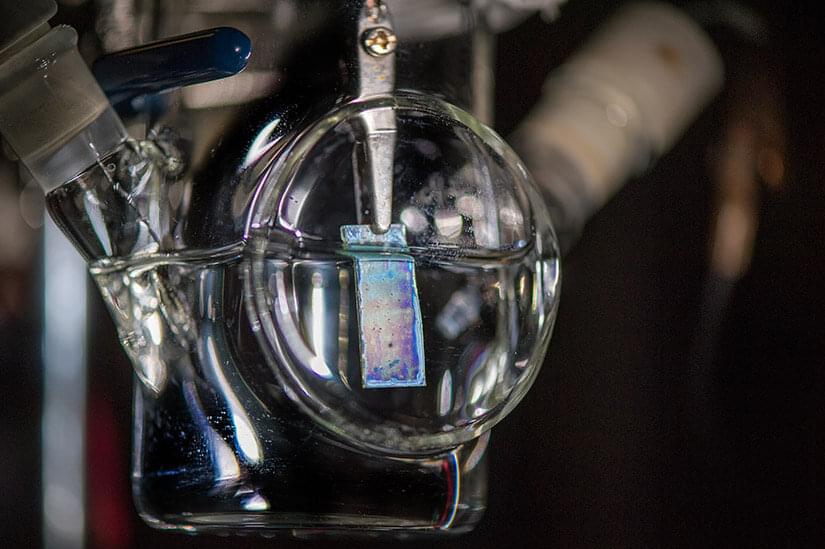Scientists from the U.S. Department of Energy’s National Renewable Energy Laboratory (NREL) and Lawrence Berkeley National Laboratory (Berkeley Lab) are providing researchers with a guide to how to best measure the efficiency of producing hydrogen directly from solar power.
Photoelectrochemical (PEC) water-splitting, which relies on sunlight to split water into its component elements—oxygen and hydrogen—stands out as potentially one of the most sustainable routes to clean energy. Measurements of how efficient the PEC process is on an identical system can vary wildly from different laboratories, however, from a lack of standardized methods. The newly developed best-practices guide published in Frontiers in Energy Research is intended to provide confidence in comparing results obtained at different sites and by different groups.
The publication provides a road map for the PEC community as researchers continue to refine the technology. These best practices were verified by both laboratories via round-robin testing using the same testing hardware, PEC photoelectrodes, and measurement procedures. Research into photovoltaics has allowed a certification of cell efficiencies, but PEC water-splitting efficiency measurements do not yet have a widely accepted protocol.
